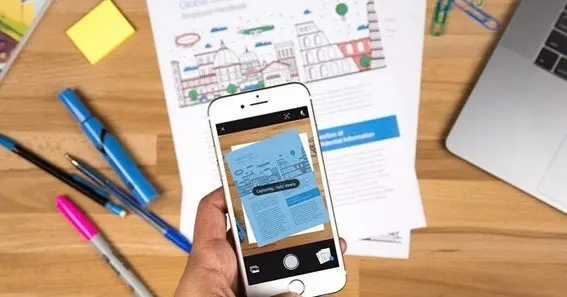Whether you are looking to make a backup copy of your important documents or want to share them with friends and family, there are a few different ways you can do this. For example, you can take a photo of the document and then convert it to a PDF, or you can scan it but be careful not to distort it.
Save Scanned Documents on Google Drive
Using the Google Drive app to save scanned documents is a great way to convert printed copies into PDFs. The app has a built-in scanner and an options list that will allow you to crop images and rotate them.
You can also use a networked scanner to scan your Google Drive account directly. In addition, some multifunction printers/scanners have a scan to Google Drive feature. The benefits of reviewing documents on Google Drive are many.
Using the app is easy. First, you’ll need to log into your Google account. Then, you can choose a name for your scanned document and have the option to crop images and rotate them.
The software is also compatible with Android tablets. You can also scan documents from your iPhone.
The Google Drive app has a scanning feature that works with all documents. It’s also easy to search for scanned documents.
Click here – How AI is Helping Us Track Workouts
Also Read : How AI is Helping Us Track Workouts
Whether you’re sending a document to someone or sharing a paper on social media, the first step is to scan the document from a desktop scanner from the scanners de bureau, for example. After that, you can watch a copy with your phone’s camera or a dedicated scanner app. The scanner apps will allow you to check your documents and save them to your device.
You can also scan documents using the ScanDrop app if you have a Mac. The app works with most Mac scanners and allows you to create PDF documents, including text-searchable ones. Then, you can share the PDFs with your friends by creating a unique link and sending it via email or social media.
Documents can also be scanned on the iPhone. The iPhone’s built-in camera is helpful for scanning. You can also use the Notes app to scan documents. This app also lets you edit and crop scanned images.
You can scan documents using the Google Drive application if you’re an Android user. To check a record with Google Drive, you will first need to open Google Drive. Next, you must go to a plus sign (+) in the Create New menu and choose Scan. This opens a new tab called Scan and Share. You can use the Scan and Share feature to save the scanned document as a PDF, JPG, TXT, or PNG file. You can then keep the paper on your device, share it through email or social media, or copy it.
Also Read : 9 Historic Sites in North Carolina Worth Visiting
Please Take a Picture of Your Document and Convert it to a PDF
It is easier to take a picture of your document and convert it to PDF. The process is relatively simple, allowing you to compress your images without sacrificing quality. You can use various methods, from your mobile phone’s camera to downloading a free PDF conversion application.
The photos and files app on your iPhone or iPad is a great way to convert pictures to PDF documents. If you use this method, you will not have the option to adjust the file’s paper size or orientation. However, you will still be able to merge multiple photos into a single PDF file.
For those with a desktop computer or laptop, you can convert pictures to PDF using various methods. For example, you can use your browser, Google Images, a graphics app, or even Windows built-in printers. You will also want to check out a free online tool to prevent unauthorized modification of your PDF file.
Click here – 9 Historic Sites in North Carolina Worth Visiting
Avoid Distorting the Scan
Attempts to reduce distortion in STEM images have produced significant progress. However, there is still more work to be done. In particular, some unsolved issues are still related to imaging in a scanning transmission electron microscope. Among these issues are low-frequency distortions. The low-frequency distortions can be as low as 0.2 to 3 Hz. These distortions can corrupt quantitative signals and can be observed as image drift. The most common form of image drift is observed in serial-acquired data at atomic resolution. The most common forms of distortion observed are banding and hot spots.
Banding is a localized spatial transformation that significantly affects the image intensity data. Hot spots correspond to atom positions that have sputtered due to beam damage. This non-linear distortion can be reduced by correcting the origins of the scan lines. The hot spots and banding are most evident in the fast-scan direction.
However, kHz frequency distortions can persist after correction. Rotating acquisition can help to make kHz frequency distortions more isotropic.

